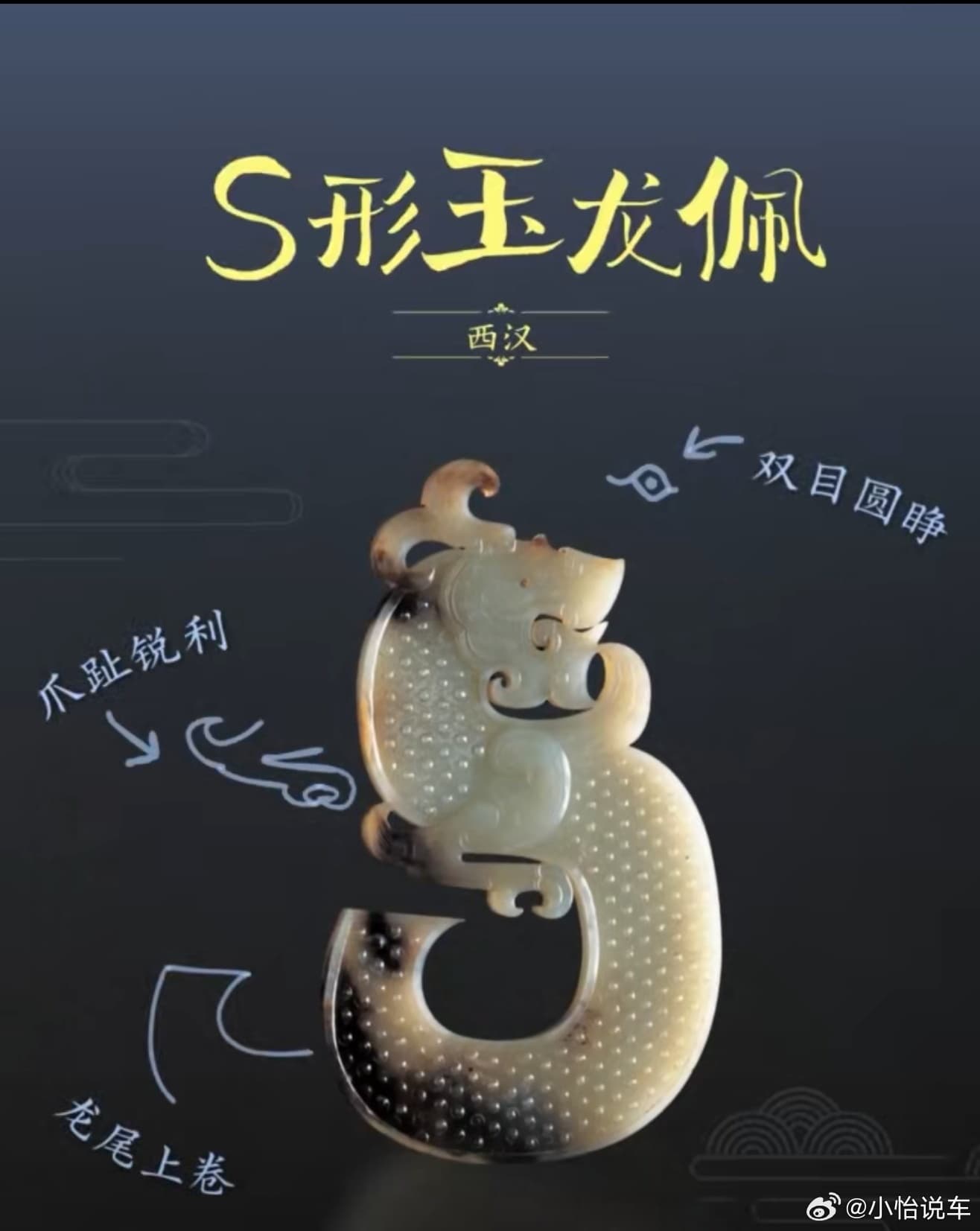China's 'Zero or Low Dowry' Policy Sparks Debate on Marriage Customs and Dowry Practices
New Policy in Jiangxi Province Allows Children to Prioritize School Enrollment with Low Dowry Amounts A recent policy in Jiangxi Province, China, aims to promote marriage customs reform and curb excessively high dowry practices. Under this new policy, families can enjoy various incentives if the groom's dowry contribution is either zero or not exceeding 390,000 CNY (around $57,000 USD), with the most notable incentive being priority school enrollment for their children. This policy, dubbed 'Zero or Low Dowry', has sparked a wide variety of reactions and discussions on social media platform Weibo. The new provision has been both praised and criticized, highlighting the evolving views on marriage customs and dowry practices in China. One Weibo user passionately writes, "The moment one demands a dowry, the marriage is no longer about love; it's just a transaction." Another user comments on the link between dowry and education, expressing surprise that dowry amounts can now determine a child's place in the school system, "I never thought dowry could be connected to a child's education.

27 February 2024
What if someone doesn't want to get married or have children?" The discussions on Weibo also reveal a spectrum of opinions on the practice of dowry itself. One user sarcastically suggests criminalizing dowry practices and punishing those who accept it, "Those who ask for dowrys should go to jail, men who don't share household chores should go to jail, and children who don't take their mother's surname should go to jail.
Domestic violence should be punishable by death." Despite the policy aiming to reduce dowry amounts, many Weibo users express frustration over the lack of legislation addressing other key economic factors like fair wages, social security, and overtime pay. One user writes, "In most places, getting paid vacation, being given the minimum wage, and having a contract are all things employers are required to provide in job listings.

If we can resolve these issues, dowry problems won't be a concern." While the majority of comments focus on the new policy, others compare China's dowry customs to those in India. India's dowry system, characterized by the severe prevalence of dowries, female infanticide, and high rates of rape and sexual assault due to gender imbalance, has been a topic of concern for many years. Users argue that the same issues could arise in China if dowry practices continue unchecked.
In another case from Jiangsu Province, a court ruled that payments labeled as "day money" and "clothes money," often seen as unofficial parts of the dowry, are not to be considered as part of the dowry to be returned if a marriage does not proceed.
The plaintiff, Miss Xiao, had demanded the return of the dowry she gave to Mr. Zhang, which included a traditional dowry of 388,000 CNY, "day money" of 8,800 CNY, "clothes money" of 2,800 CNY, a diamond ring, and several gold accessories and jewelry. While the court acknowledged that "day money" and "clothes money" were not part of the official dowry, they ruled that Mr. Zhang should return the diamond ring and 400,000 CNY of the dowry, with the difference in the value of the returned jewelry and gold accessories being compensated in cash.
The 'Zero or Low Dowry' policy highlights the ongoing debate over marriage customs and dowry practices in China. As society evolves and the value of individual freedom and economic fairness becomes increasingly important, policies targeting dowry practices may represent a step towards redefining marriage customs in a way that prioritizes love and mutual respect over financial transactions. While the discussions on Weibo surrounding this policy exemplify a variety of viewpoints and opinions, it is clear that the topic of dowry and marriage customs remains a contentious one in Chinese society. As the population of China continues to age and the number of young people marrying decreases, it will be interesting to see how this policy and future reforms will shape the future of Chinese marriage customs and the role of dowry in these traditions.




